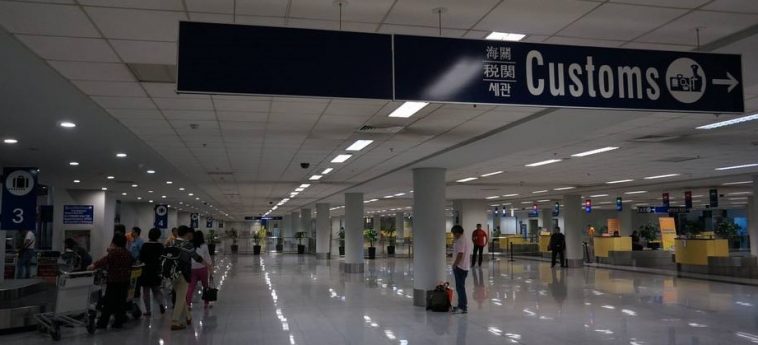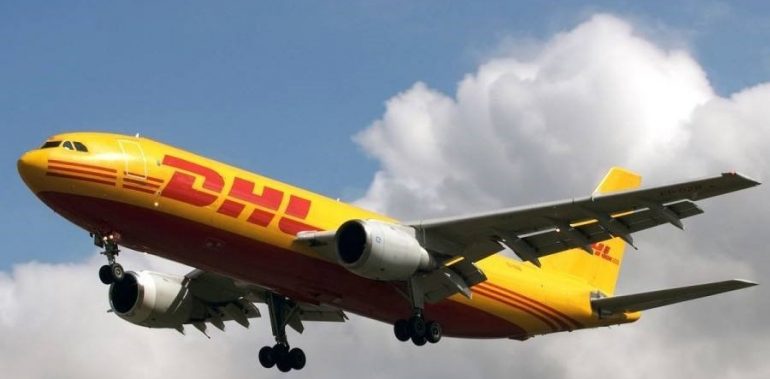Friends who do cross-border e-commerce are certainly very familiar with customs clearance, but all goods received or exported must be inspected by customs and go through a series of procedures before they can be picked up or shipped. Generally speaking, the process of customs clearance may not require the shipper or receiver to personally carry out, but in order to cooperate with the logistics company, may need to provide the appropriate materials to help clear customs. Some friends may be unfamiliar with the customs clearance process, so today we will briefly talk about the process of customs clearance for your reference and learning.
Part 1. What is customs clearance?
Part 2. The process of customs clearance
- Declaration
- Tariff Payment
- Inspection
- Release
Part 3. Customs clearance precautions
- Understanding Cargo Restrictions
- Familiarity with Customs Policies of Destination Countries
Part 4. How to prevent withholding of goods to improve customs clearance speed?
- Product Name
- Product Material
- Customer Importer Qualification Audit
- Complete Information
Part 1. What is customs clearance?
Customs clearance refers to the import and export or transit of goods into and out of a customs territory, in accordance with the laws, regulations and provisions should be carried out procedures. Customs clearance only in the performance of the obligations, customs declaration, inspection, taxation, release and other procedures, the goods can be released, the owner or the declarant can pick up the goods.
Similarly, the import and export of goods carrying a variety of means of transport in and out of the border or transit, are also required to declare to the Customs, customs procedures, to obtain permission from the Customs. Goods in the customs clearance period, whether it is import, export or transit, are under customs supervision, are not allowed to circulate freely.
Part 2. The process of customs clearance
- Declaration
Since you have to declare, you have to prepare the declaration materials in advance. The most important thing in the declaration is the list of goods, which is relatively strict, the subsequent inspection, view, tariffs, etc. are based on this, different regions on the requirements of the declaration materials vary, but this material needs to be as detailed as possible, so as not to follow up on the additional payment. Here is a list of specific content: waybill number, express type, freight forwarder, weight of goods, the total number of items, the region of shipment, the way of payment, etc., the above content should be specific to the requirements of the destination region to add or delete. In addition, there may be some special items that require the permission of the government of the destination region, or special regulations on transport requirements, and provide the corresponding supporting documents, etc.
- Tariff Payment
The principle of tariff payment is that the higher the declared value of the goods, the more tariffs will be paid. However, some of these should be noted that some countries will have a limit on the amount of duty-free, which should be operated according to the requirements of the destination country. There are also some countries, since the entry into the local customs will start to calculate customs duties, which may involve the customs inspection cycle, for this situation need to do early declaration, otherwise the longer you need to pay the amount will be higher. There are also some countries that need to use their designated logistics company, this time the shipper try to understand clearly, in the time of shipment can choose the appropriate service, do not have to choose a full set of services.
- Inspection
Customs according to the regulatory conditions of the declared name of the goods, and the probability of inspection on the same day to give inspection, such as inspection will issue a notice of inspection. Inspection may delay some time, specifically with the nature of the goods and categories related.
- Release
As long as the inspection is OK, customs will release the goods, and then the consignee can pick up the goods.
Part 3. Customs clearance precautions
- Understanding Cargo Restrictions
Understand the general goods restrictions to avoid customs detention. In general, the goods can be divided into prohibited goods, general goods and sensitive goods, prohibited goods are prohibited items, weapons, firearms, flammable, explosive, live animals, coins, antiques, etc., are prohibited items, these items are detected by customs, will certainly be detained goods, or even directly arranged international express return.
General common goods, which have no effect on airplane in international transportation, such as combs, cell phone cases, small trinkets and most daily necessities, etc., these items have no restrictions and need not worry about being detained by customs. Sensitive goods, 3C electronic products, cosmetics, food books, rechargeable batteries, etc., these items need specific logistics channels, otherwise they cannot be mailed to the destination country.
- Familiarity with Customs Policies of Destination Countries
Customs policies around the world are similar and basically more or less the same. But some countries, there are some special policies.
Part 4. How to prevent withholding of goods to improve customs clearance speed?
- Product Name
Don’t use some names that are very easy to attract customs’ attention, for example: toy pistol, foam bomb for bath. Sometimes, the product which is not problematic may cause customs inspection and dispute because the customer used a problematic name.
- Product Material
There are some products, there is actually no problem, but the description of a certain part of the material is anti-dumping, for example, thermal paper, paraffin lamps, etc. In the description of the goods, do not mention thermal, paraffin, and tin painting, if there is metal plate in the name, it will also be considered as anti-dumping.
- Customer Importer Qualification Audit
It is important to consult the customs clearance agent whether the customer’s importer is real and valid before sailing.
- Complete Information
Before shipment, all required certificates, information, box marks, etc. must be provided in accordance with the requirements.
FAQ
There are two cases, one is because the goods exceed the amount of duty-free, the need to pay taxes are withheld, such want to see in accordance with the customs requirements to pay the corresponding taxes will be released. The second case, if it is prohibited goods, then basically can not get back, will be directly confiscated or destroyed processing.
Generally, normal customs clearance does not generate costs, but the tariff is required to be paid by the recipient, if the sender is willing to bear the tariff can be prepaid through the freight forwarding company, which will generate the handling fee for the payment of tariffs. Usually, the dedicated line service is responsible for customs clearance while the international express is not responsible for customs clearance. If the recipient is unable to handle customs clearance and needs to find a customs clearance agent to help clear the customs, there will be costs, the specific costs and customs clearance agent consultation.



